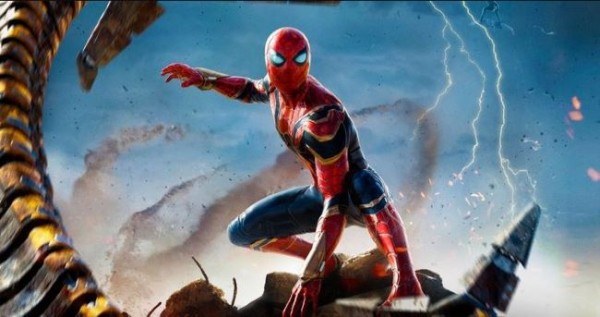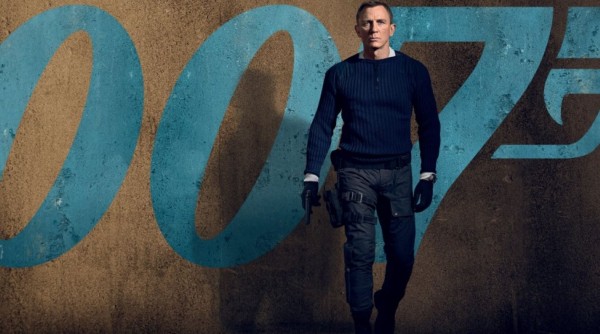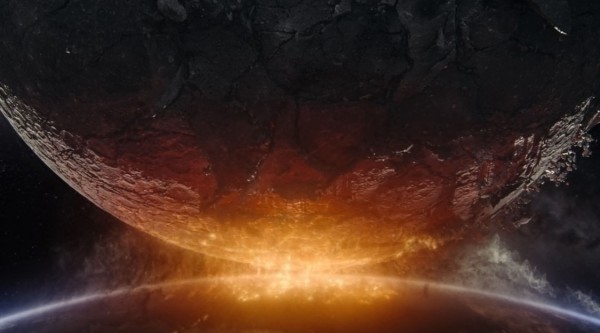The thrilling chaos of Doctor Strange in the Multiverse of Madness, Marvel cleverly closed a loophole that could have killed the entire MCU. An increasingly significant part of MCU Phase 4, the Multiverse concept was first properly explored in the Disney+ series Loki and What If…, before playing a central role in Spider-Man: No Way Home. However, Doctor Strange 2 represents Marvel’s boldest and broadest foray into the Multiverse to date, with the movie providing some much-needed answers as to how the concept works within the MCU. These answers are ultimately more significant than even the apparent death of Scarlet Witch in the movie's closing stages and affect every Marvel story past, present, and future. One key development in Doctor Strange 2 is the confirmation that the main MCU continuity takes place on Earth-616 – mirroring the main setting or main universe of Marvel Comics. Despite the Marvel Cinematic Universe hitting screens as far back as 2008, this represents the first explicit clarification of where the franchise’s events take place and gives viewers a clear way to anchor themselves as an increasing number of universes come into play. The movie also provides a clearer picture of the Multiverse’s incredible scope, with America Chavez’s powers leading her and Strange through a dizzying array of alternative realities, from an "animate cube universe" to a "living paint universe." One key Multiversal revelation overshadows all others in the movie – and could end up saving the MCU.
Doctor Strange 2 introduces the concept of “incursions.” These occur when a Multiversal traveler leaves too much of an imprint on another reality, risking a collision between their origin and destination universes. This can ultimately destroy one or both realities, as discovered by the Doctor Strange of Earth-838. With that incarnation of Strange summarily executed by the Illuminati for bringing about a universe-ending incursion, the movie emphasizes their severity in no uncertain terms – with even John Krasinski’s Mister Fantastic endorsing the cold-blooded killing.
Incursions Can Destroy And Fix The MCU's Multiverse, While incursions can present an existential risk to a particular universe, the concept helps save the MCU as a franchise. By creating a clear opposition to long-term Multiversal travel, Marvel ensures that Earth-616 remains a largely self-contained narrative unit. This is an important move to maintain the emotional and dramatic stakes of the MCU and ensure that these are not terminally undercut by the limitless potential of the Multiverse. Indeed, one key pitfall of stories involving parallel or multiple universes is that for any given character's death, there is a potentially infinite number of realities in which said character survived. This leaves open the possibility of simply replacing a fallen character with a Multiversal counterpart, undermining the narrative urgency of the story at hand. Introducing a Multiverse without boundaries would not only have compromised all future Marvel plotlines – far beyond just Doctor Strange 3 – but also significantly eroded the importance of previous stories. For example, with a potentially endless supply of Iron Men and Black Widows who survived in other realities, the impact of the heroes’ sacrifices in Avengers: Endgame would be significantly diminished, with neither character definitively lost to the MCU’s main continuity. With the concept of incursions, Marvel can avoid this problem and protect the integrity of its storytelling. With the Multiverse now a core element of the Marvel Cinematic Universe, wild storylines like Doctor Strange and the Multiverse of Madness may well become the norm. While the Multiverse presents Marvel with near-limitless creative possibilities, the studio has cleverly introduced a key safeguard against its plotlines eventually becoming meaningless. With Doctor Strange 2’s post-credits scene again emphasizing the significance of incursions, it is clear that the concept is crucial to the future of the MCU – just as it is to its past.

















